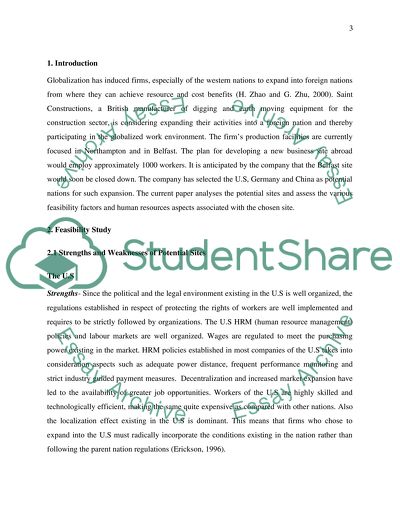Cite this document
(“Feasibility study of Saints Construction expand to Germany 05162 Essay - 1”, n.d.)
Feasibility study of Saints Construction expand to Germany 05162 Essay - 1. Retrieved from https://studentshare.org/human-resources/1695134-feasibility-study-of-saints-construction-expand-to-germany-05162
Feasibility study of Saints Construction expand to Germany 05162 Essay - 1. Retrieved from https://studentshare.org/human-resources/1695134-feasibility-study-of-saints-construction-expand-to-germany-05162
(Feasibility Study of Saints Construction Expand to Germany 05162 Essay - 1)
Feasibility Study of Saints Construction Expand to Germany 05162 Essay - 1. https://studentshare.org/human-resources/1695134-feasibility-study-of-saints-construction-expand-to-germany-05162.
Feasibility Study of Saints Construction Expand to Germany 05162 Essay - 1. https://studentshare.org/human-resources/1695134-feasibility-study-of-saints-construction-expand-to-germany-05162.
“Feasibility Study of Saints Construction Expand to Germany 05162 Essay - 1”, n.d. https://studentshare.org/human-resources/1695134-feasibility-study-of-saints-construction-expand-to-germany-05162.


